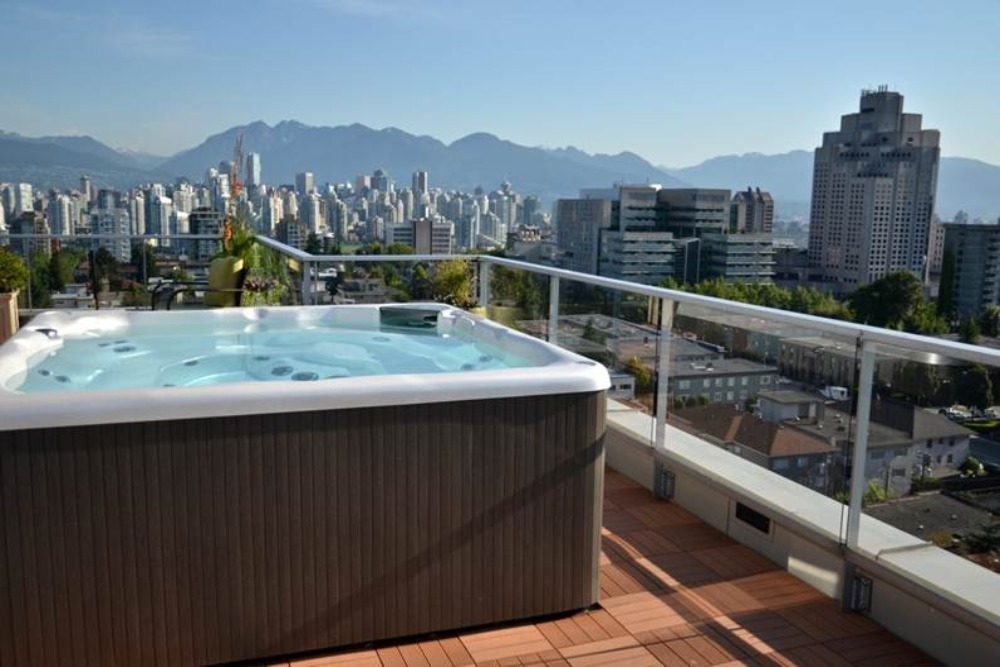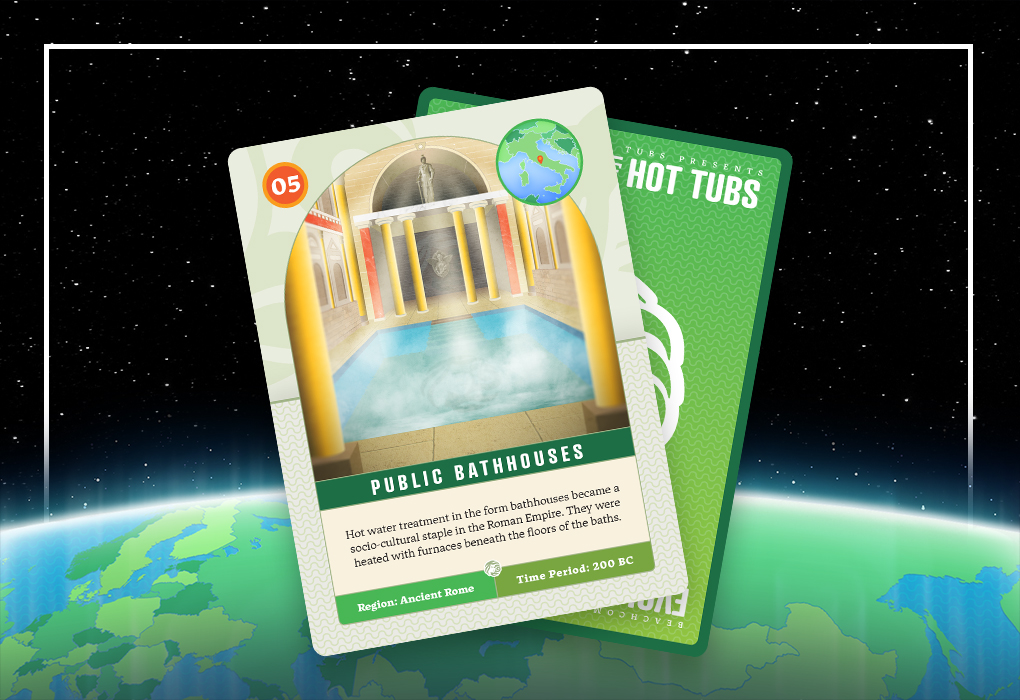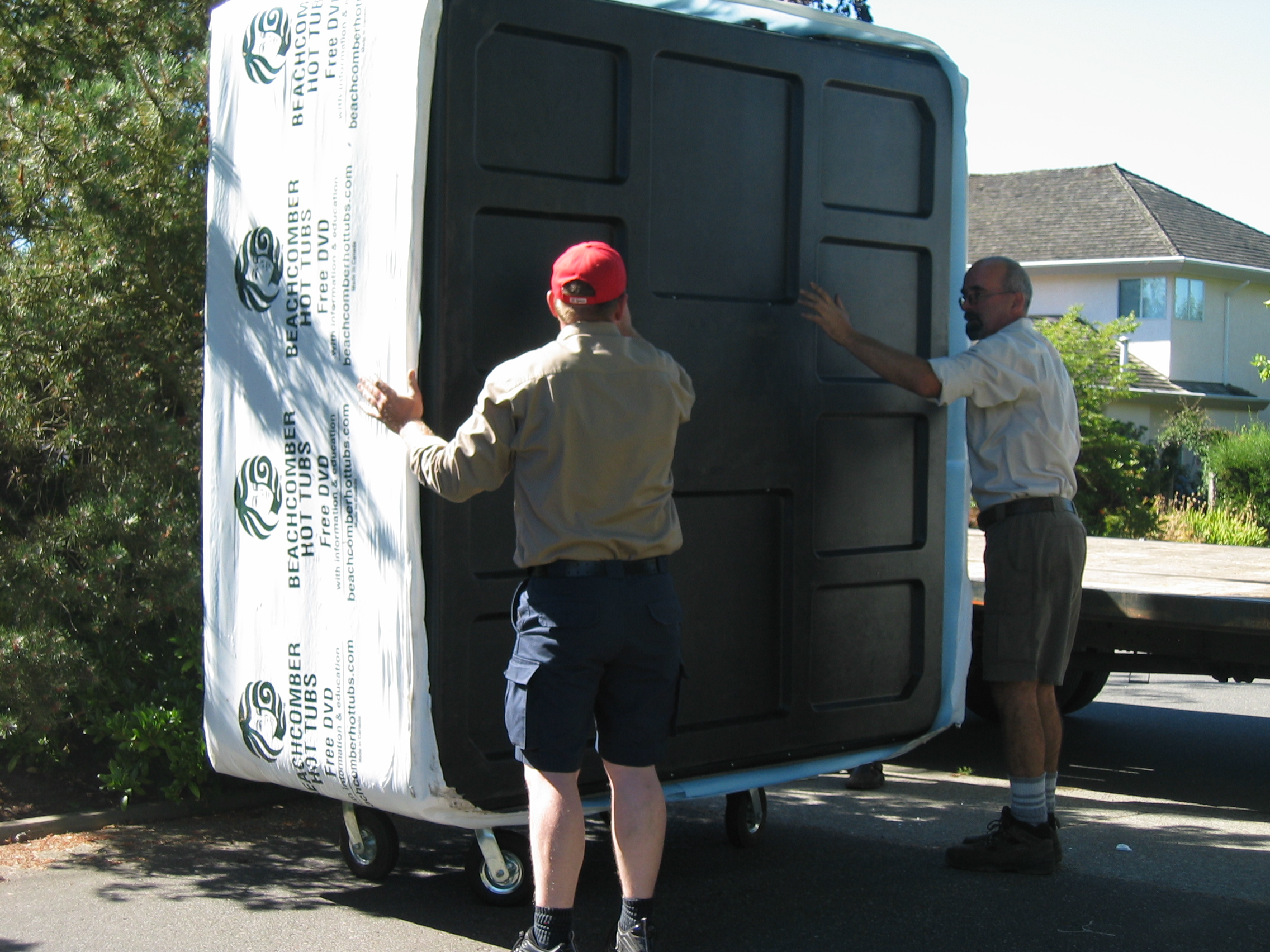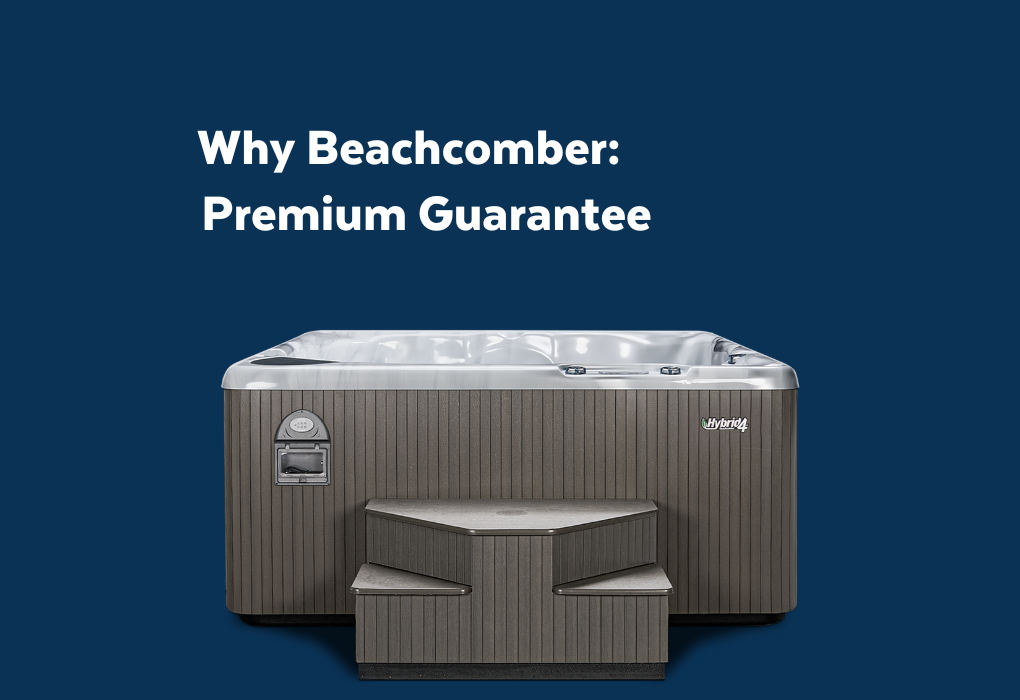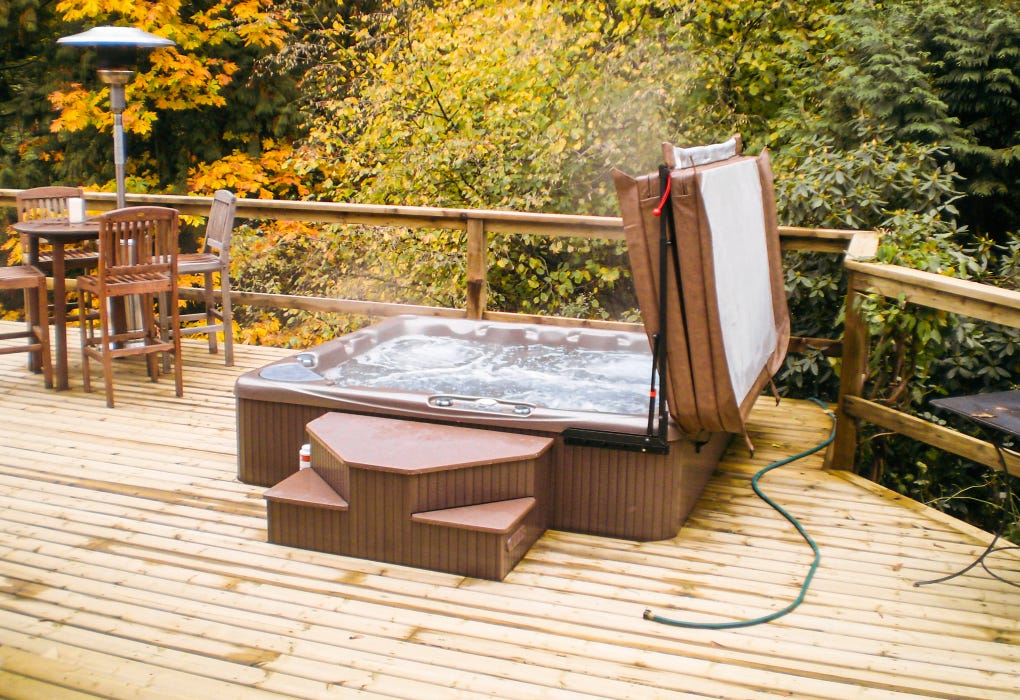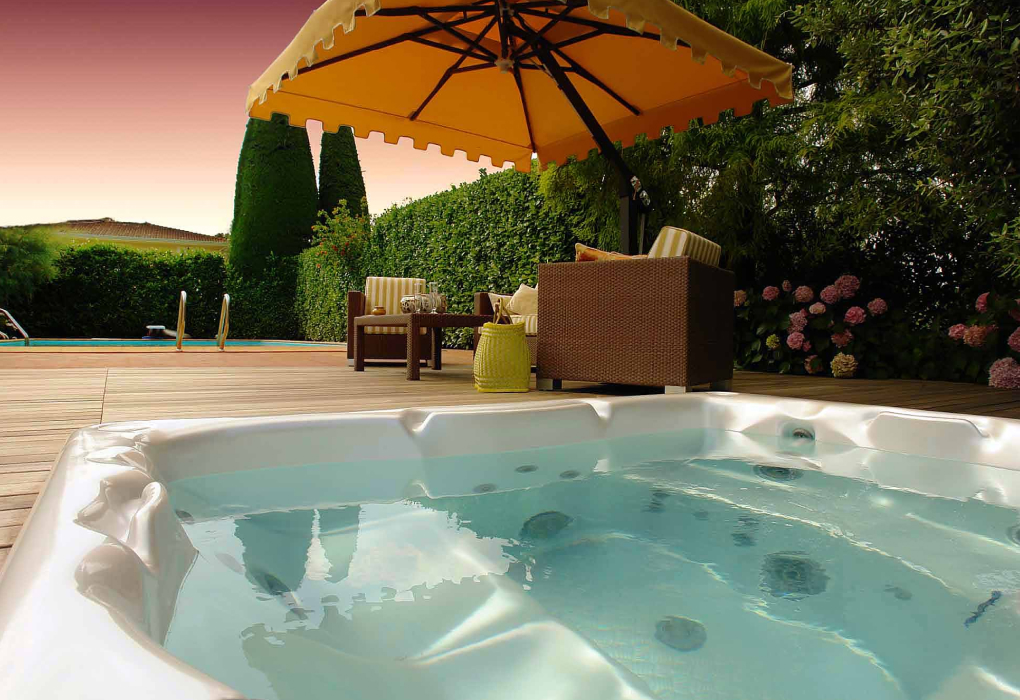Most of the time, potential hot tub buyers find themselves stuck in a debate over the size, jet count, and seating available in different models as they try to narrow down the options. While making the right decisions here is vital to your enjoyment of your purchase, what’s visible and on the surface of the hot tub isn’t the only thing that needs serious attention. What’s really going to impact the long-term enjoyment you get out of your hot tub is how it’s made, and quite often where.
What to Look for in Hot Tub Construction
Although most potential buyers believe a new hot tub costs between $3,000 - $5,000, the reality today is that a quality model costs between $7,000 - $20,000. While you save in the short-term on a cheaper model, you’ll end up paying far more in electrical bills, replacement parts, water treatments, and maintenance calls. Not to mention, you’ll be looking at a short-term, no frills experience with a much shorter product lifespan.
As you will soon discover, the quality in the construction will not only make a big impact in the enjoyment you get inside of your hot tub, but will also make a world of difference in the reliability, performance, and the return on your long-term investment. Simply put, the cheaper the hot tub is to buy, often the cheaper the components that were used to build it.
At Beachcomber Hot Tubs, we are proud to use the exact same materials and construction standards across all of our models, with difference in price reflected in the add-on options, finishes, jetting configurations, and size.
So what to look for? Make note of the materials used as you look around and ask questions in-store.
To the average person, a hot tub shell and outer cabinetry may come in different colours but they all look the same. But assuming that all cabinetry and shells are of the same quality can be a huge mistake. For instance, most high-quality hot tubs are made with acrylic. Acrylic is a hard, durable plastic that is resistant to chemical and UV damage. When you look at hot tubs at a lower price point from unreliable manufacturers, you are likely seeing molding that is made from rotary plastics. This is the same kind of material you will find in a kayak or a portable table. To choose the best shell, make sure it is durable and comes with an extended or lifetime warranty.
Cabinetry is another important consideration, although earlier generations of hot tubs were made of durable redwood or cedar, most of today’s cabinetry is synthetic. The best hot tubs are made by manufacturers who have specially engineered their hot tubs for superior durability and protection from extreme hear, cold, and UV rays. When choosing a hot tub, look for a model that has built in structural cradle that can support the tub with or without the cabinet – this will ensure the weight stays balanced.
The Enviroskirt by Beachcomber Hot Tubs, for instance, is designed to capture the look and performance of real wood, without the weathering and maintenance requirements. These are a few of the reasons why it is so important to pay particular attention and educate yourself on the materials that are used. Ensure you find a durable, acrylic shell that is stain and scratch resistant, long-lasting cabinetry, and look for an intuitive control system that is accessible and easy-to-use at nighttime.
Pay Attention to Where it’s Made
Some hot tubs are made in countries known for cheap labour and few environmental regulations in order to decrease the production costs. Hot tubs produced in countries with lower labour costs and regulations tend to have more quality (not to mention ethical) control issues, and will most likely result in a smaller up-front cost but higher maintenance and shorter product lifetime.
Every Beachcomber Hot Tub is 100% manufactured in our Surrey, BC factory, with the same materials, and construction standards applied across every model price point. Each stage of the production is checked by hand for absolute quality to ensure we uphold our zero-defects approach to manufacturing.

